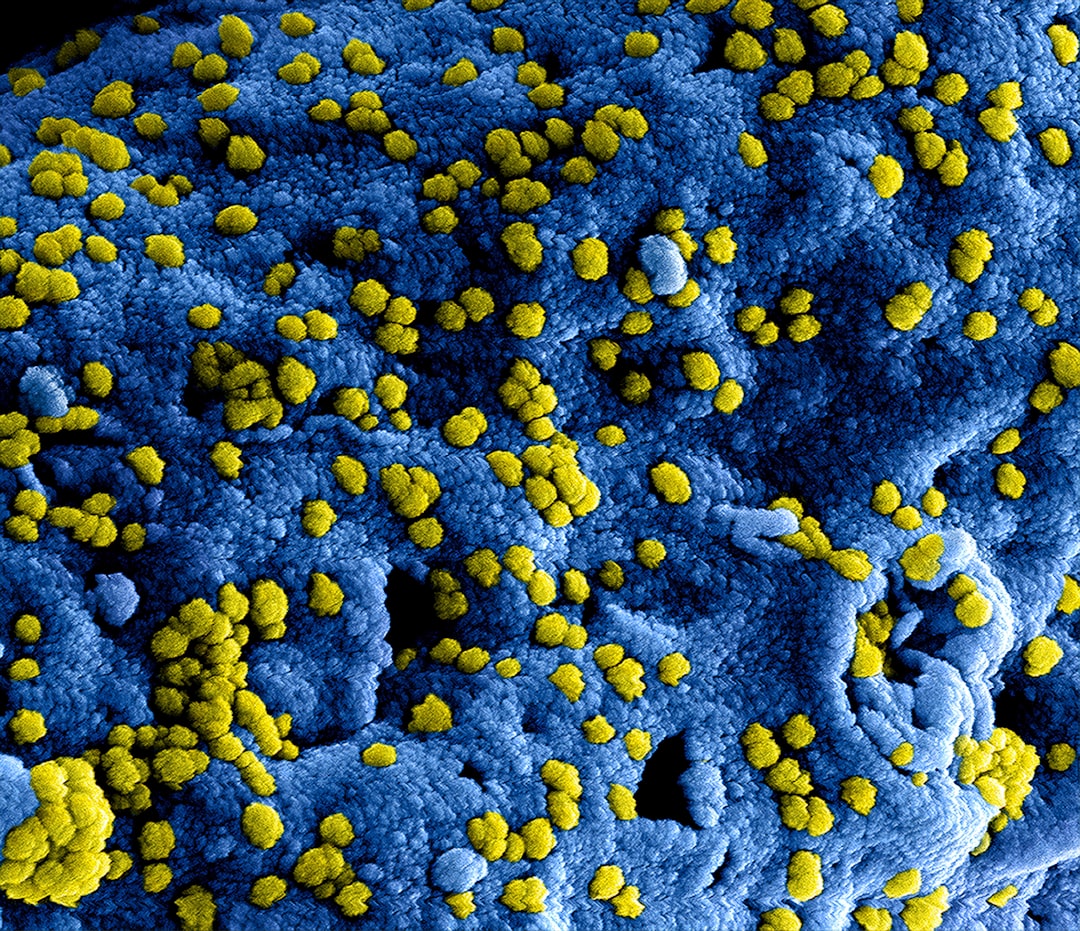Antibiotic resistance is a growing concern in the medical community, as it poses a threat to the effectiveness of antibiotics in treating bacterial infections. But did you know that antibiotic resistance is actually a natural phenomenon for bacteria? In this article, we will explore the mechanisms behind antibiotic resistance and how it is a natural process for bacteria.
What is antibiotic resistance?
Antibiotic resistance is the ability of bacteria to resist the effects of antibiotics, making them difficult to treat. This occurs when bacteria develop genetic mutations or acquire genes from other bacteria that allow them to survive and reproduce in the presence of antibiotics. As a result, antibiotics become less effective in killing these bacteria, leading to the spread of infections and potentially life-threatening consequences.
How might efflux pumps increase antibiotic resistance in bacteria?

by CDC (https://unsplash.com/@cdc)
Efflux pumps are a type of protein found in the cell membrane of bacteria that actively pump out antibiotics, preventing them from reaching their target and killing the bacteria. This mechanism is one of the ways bacteria can develop resistance to antibiotics. By pumping out the antibiotics, the bacteria can continue to grow and reproduce, leading to the spread of resistant strains.
Horizontal gene transfer and antibiotic resistance
Horizontal gene transfer is the process by which bacteria can transfer genetic material to other bacteria, even if they are not related. This can occur through three main mechanisms: transformation, transduction, and conjugation. Through these processes, bacteria can acquire genes that confer resistance to antibiotics, allowing them to survive and reproduce in the presence of these drugs.
The role of natural selection in antibiotic resistance
Natural selection is a fundamental principle in biology, and it also plays a significant role in the development of antibiotic resistance in bacteria. When exposed to antibiotics, bacteria with genetic mutations or acquired resistance genes have a survival advantage over those without these traits. As a result, these resistant bacteria are more likely to survive and reproduce, passing on their resistance to future generations.
The impact of human activities on antibiotic resistance
While antibiotic resistance is a natural phenomenon for bacteria, human activities have accelerated its development and spread. The overuse and misuse of antibiotics in both human and animal health have contributed to the rise of resistant bacteria. Additionally, poor sanitation and hygiene practices can also lead to the spread of resistant bacteria, making it difficult to control and treat infections.
Conclusion
Antibiotic resistance is a natural process for bacteria, but human activities have exacerbated its development and spread. By understanding the mechanisms behind antibiotic resistance, we can take steps to prevent its further spread and preserve the effectiveness of antibiotics in treating bacterial infections. It is crucial for individuals to use antibiotics responsibly and for healthcare professionals to prescribe them only when necessary. Together, we can combat antibiotic resistance and protect the health of our communities.
